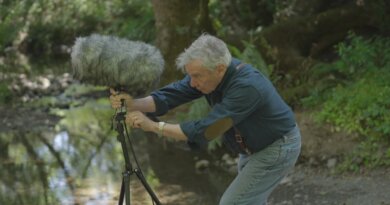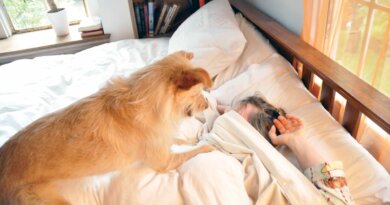Do Dogs Get Seasonal Affective Disorder in the Winter Months?
Could Seasonal Affective Disorder cause the winter blues in our dogs, too? Experts say yes! Luckily, it’s easy to help your dog overcome the chilly-weather doldrums.

Seasonal Affective Disorder, or SAD, is a type of depression that commonly occurs in humans, especially in the winter months when we spend less time outdoors, have minimal access to bright, sunny days, and have fewer hours of daylight each day. While the disorder commonly causes depression-like symptoms in humans, evidence suggests that dogs, too, are affected by the lack of sunlight this time of year.
The dark, gloomy days and longer, colder nights of winter can cause dogs to develop Seasonal Affective Disorder, just like humans. In dogs, symptoms include lethargy, neediness, behavioral changes such as aggression and inappropriate pottying, and a general feeling of “blah.” In extreme or extended cases, even hair loss can occur.
A survey by the British veterinary organization, PDSA found that 1 in 3 dog owners notice their pet becoming less playful and appearing down or depressed during dreary winter months. Some symptoms that may indicate your furriest family member is experiencing Seasonal Affective Disorder include:
- Aggressive behavior or soiling inappropriately
- Clawing at furniture
- Demanding more attention or appearing withdrawn
- Frequent barking
- Lethargy – sleeping more than usual
- Less interest in going for walks or playing
- Reduced appetite and weight loss
So, how do you combat Seasonal Affective Disorder in your dog? The same way some humans find relief – with artificial sunlight! Light boxes commonly used by humans for SAD have been found to be effective in treating dogs, too. The premise behind the light box is that it fills a room with artificial sunlight to help balance the body’s production of melatonin, thus keeping sleep cycles and moods in check.
Light boxes vary in size and price, but are typically used for 30-45 minutes each day for optimal results.
In addition to light therapy, providing your dog with mental stimulation (for example, fun training exercises, brain games, treat puzzles, or scent games) can work very well toward building his confidence and lifting his spirits until the sun is shining again.
Does your dog experience Seasonal Affective Disorder? What types of changes do you notice in your pet?


 Scary health statistics you need to know
Scary health statistics you need to know 

